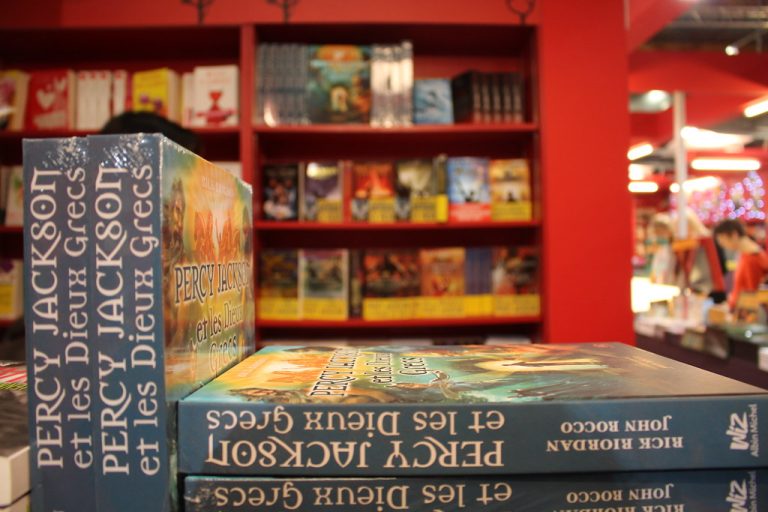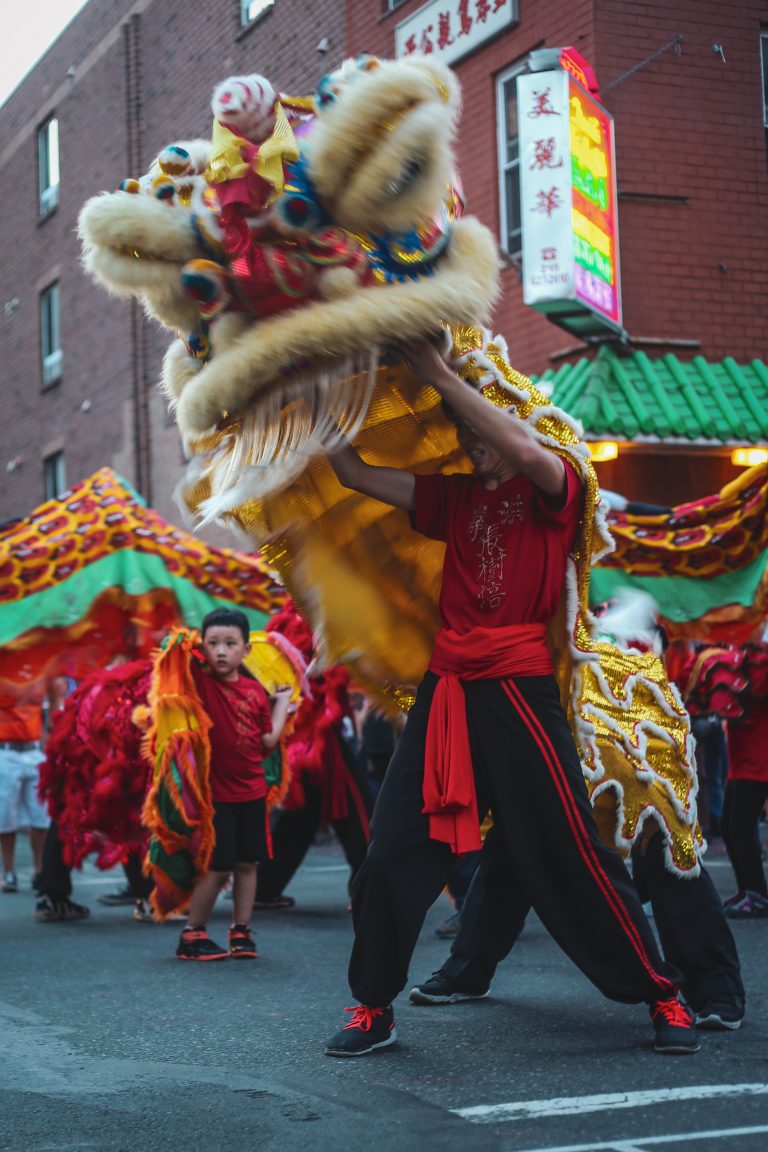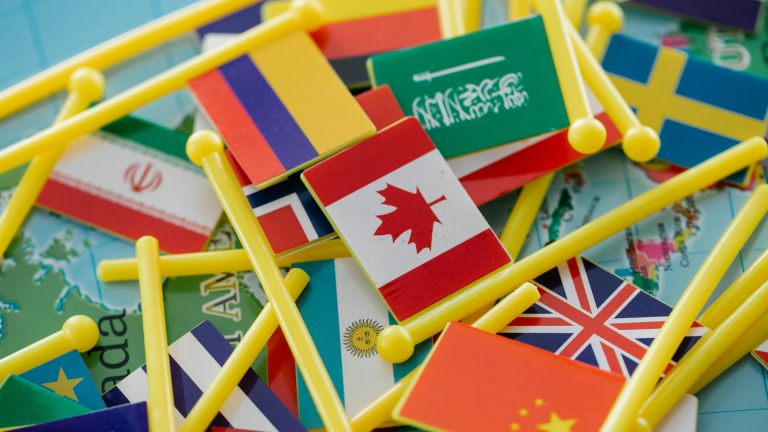The Evolution and Growth of Diversity in Superhero Comics
When you think of superhero comics, what characters come to mind? Superman? Batman? Spiderman? Wolverine? White characters tend to come to mind first. However, while comics tend to skew toward cisgender white male characters, and there is a history of rewriting and retconning the diverse backgrounds of characters, such as Wanda Maximoff, who originally had a Romani background, diversity in superhero comics is not non-existent. As of 2024, there is an increase in the diversity and representation of racial and sexual minorities in superhero comics due to new characters and the uplifting of preexisting characters who represent different races, religions, sexualities, gender identities, and more.
An Overview of the History of Diversity in Superhero Comics
When looking over the history of diversity in superhero comics, a genre that has existed since the 1930s, representation in comics has seen explicit growth due to the inclusion of women, people of color and differing religions, and LGBTQ+ individuals. However, it has not always been that way. The history of superhero comics is full of racial stereotyping, censorship, and limitations placed upon women and minorities.
Diversity in Superhero Comics History Overview: Minority Characters
The early history of diversity in comics is full of racial stereotyping. For example, characters such as DC Comics’ Egg Fu, an egg-shaped Chinese communist villain, and Marvel’s Dr. Fu Manchu depict the ethnic stereotypes and the racist fears toward Asians that were prominent in the United States in the early twentieth century through how they are racially insensitive Asian caricatures in both appearance and behavior and display Asians in villainous roles.
Similarly, African characters, such as Marvel’s Man-Ape, depict racial stereotyping of Africans. Man-Ape’s name and how he wears a white gorilla suit alludes to the racist imagery and associations of Africans as ‘savage,’ being ‘uncivilized,’ and associated with monkeys and animals. However, even when these racist stereotypes do not appear, minority characters still face adversity as they are presented as uneducated, poor, in the role of a sidekick to the white protagonist, or as token representation of their race as Brent Moeshlin of Quality Comix shows.
Diversity in Superhero Comics History Overview: Female Characters
Similarly to minority characters, women were secondary to male protagonists. Comics often portrayed women as wives, girlfriends, and damsels in distress. According to Amanda Shendruk, in her examination of gender representation in 34,476 comics, women in comics are often stereotyped, subject to brutalization, and overly sexualized. In superhero comics, women were depicted as secondary to the male characters and superheroes but also used to propel the male protagonist’s story.
One well-known example is depicted in the Green Lantern comics when Kyle Rayner’s girlfriend, Alex Dewitt, is killed and stuffed into a refrigerator for Kyle to find. As a character, Alex is used solely as a plot device to motivate and propel Kyle Rayner’s story as a hero. This event also displays the overarching perspective toward women as secondary or an accessory to men rather than full-fledged characters in superhero comics.
Diversity in Superhero Comics History Overview: LGBTQ+ Characters
Similarly, LGBTQ+ representation in comics were originally limited due to the societal fear of LGBTQ+ individuals and censorship in the early twentieth century. This fear of LGBTQ+ individuals is blatantly seen in the interpretation of Batman and Robin by psychiatrist Fredric Wertham in 1954, as a fantasy of “two homosexuals living together,” and in DC Comics’ response to this interpretation by creating Batwoman as a romantic partner for Batman. However, LGBTQ+ representation was also limited because of censorship by the Comics Code Authority (CCA), which prevented any explicit mention of homosexuality from 1954 to 1989.
In the genre of superhero comics, Marvel’s Northstar appeared as the first gay superhero in 1979. He officially came out as gay in 1992, but from his initial conception, his character was always gay. DC Comics’ first openly gay character was Extraño, who first appeared in 1988. However, Extraño’s character recieved complaints from gay readers in letter columns of the New Guardians comics he appeared in, who found him to be a “stereotype” and thought he acted like a stereotypical “‘flamboyant queen.’” Readers interpreted the association of effeminacy and gentleness with his character as portraying the most prominent stereotypes associated with gay men in the 80s.
Therefore, similarly to minority and female characters, LGBTQ+ characters were also limited as LGBTQ+ sexualities were originally censored and sometimes presented through stereotypes. These representations of LGBTQ+ characters were a product of their time as they reflected the fears, perspectives, and political backgrounds prominent at the time of writing these characters.
Recent Inclusions of Diversity and What It Means
Looking more recently in the last ten years, diversity and inclusion in comics have progressed from predominantly stereotypical, racist, and limited representations to an abundant growth of multifaceted characters that depict a diverse representation of minorities, women, and LGBTQ+ individuals.
As of 2024, we have seen the inclusion of characters who more accurately represent the diversity of our world today. More recently, long-standing characters like Tim Drake, the third Robin, have come out as bisexual, as seen in 2021. His coming-out made national headlines as his character spanned 32 years of writing at the time of his coming-out, since first appearing in 1989, but also responded to the fear of LGBTQ+ people associated with the early Batman comics, as Eric Diaz relates on Nerdist.
We have also recently seen underrepresented sexualities, racial identities, and LGBTQ+ identities in media portrayed in comics as well, such as asexual and aromantic-asexual characters like Connor Hawke, the second Green Arrow, and Gwenpool, respectively. But also nonbinary characters like Jess Chambers (The Flash) and Xanthe Zhou (The Envoy), as well as transgender characters such as Jules Jourdain (Circuit Breaker).
The diversity in comics we see today is due to various reasons. Comics today, as they did in the past, reflect the cultural and societal perspectives present during their creation. The push for diversity we have seen so far reflects the values in our society and the call for an increase in diversity and representation by comic readers and throughout media. However, it is also due to the slowly increasing diversity of the comic industry itself as more people of color, women, and LGBTQ+ writers and artists are hired and share their unique social and cultural experiences via their work. Each aspect contributes to the growth in diversity and representation in comics.
The inclusion and creation of new characters who represent the diversity of our society and the explicit coming out of preexisting characters represent a more accepting perspective held by contemporary society; the normalization of upholding of identities that are not white, cisgender, or heteronormative, and ultimately it represents the diversity of our world and how we desire and demand to see ourselves reflected in the media we consume.
Undeniable Steps Toward Representation
While the representation of diversity in superhero comics is not perfect, there has been undeniable progress since the early twentieth century. We are beginning to see more representation of women, people of color, and LGBTQ+ individuals that are not based on stereotypes or display them in secondary roles. Instead, they are protagonists and not sidekicks or secondary characters, and their stories are told by those who represent those identities and understand the unique experiences they have gone through. In 2024, we see comics that are beginning to reflect the diversity of our society and our desire to see ourselves presented in the mediums we engage with.




